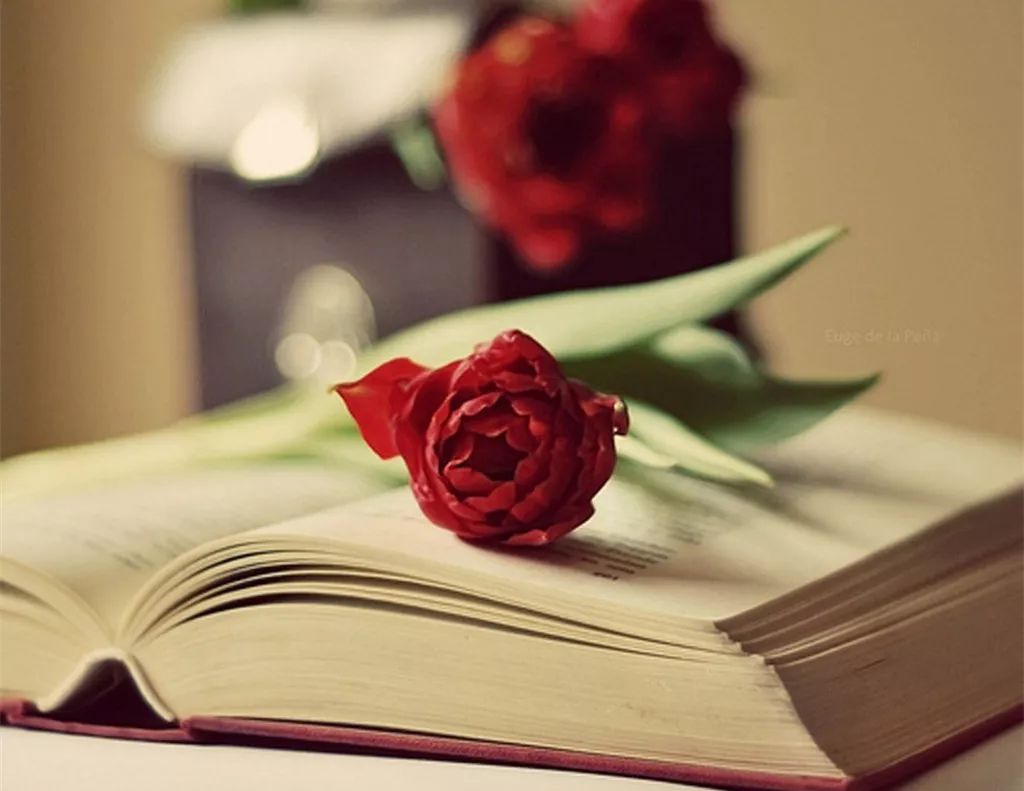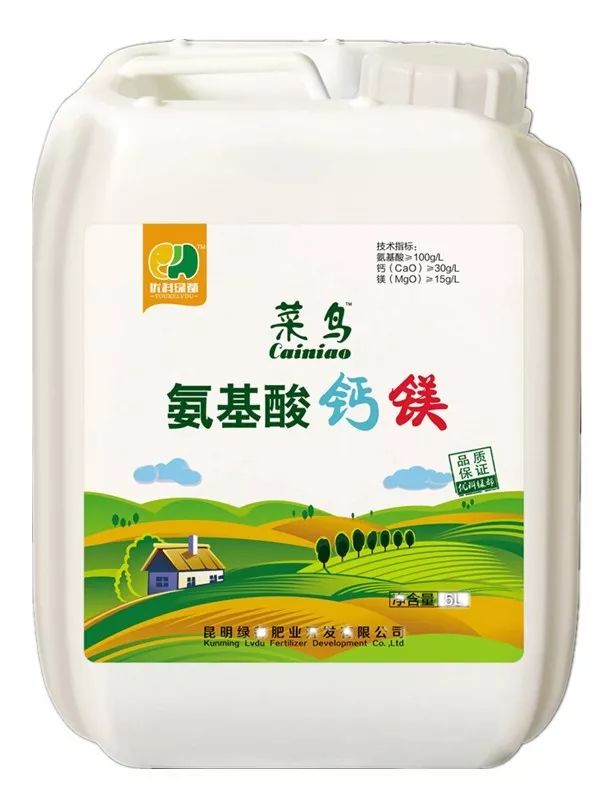
Now that winter has started and temperatures have dropped sharply, people can add clothes to keep warm.
Effects of winter on flower planting:

temperature

Blind branch
1. Low temperature obstacle
In winter, when the temperature is too low, the root system activity of flowers is blocked, which greatly reduces the absorption and utilization rate of chemical fertilizers, resulting in weak plant growth, small leaves and flower color of flowers. In winter, the cultivation of mixed flowers (pink snow mountain, etc.) is greatly affected by temperature, and flowers are extremely difficult to be colored.
In soilless cultivation, the winter rose will enter the dormant state when the growth temperature is lower than 5 c, and the plant will not grow well, even if it is pregnant with buds, few petals, more deformed flowers, poor color, and no ornamental value.

light

Roses have no colour
2. Light effect
The influence of light on the growth of flowers is extremely important. According to the demand for light, it can be divided into negative flowers, positive flowers and neutral flowers. Rose is a neutral plant, with light saturation point of 35,000-50000lux and light compensation point of 10000Lux, that is, it grows well in the condition of sufficient sunlight, but it needs proper shading treatment in strong light.
After entering autumn and winter festival, illumination time is shortened gradually, illumination intensity is in gradually abate, illumination inadequacy can make rose branch thin and weak, produce blind flower; Next photosynthesis is weak, make partial light color flower coloring is difficult.
3. Unreasonable management operation
When fertilizing, heavy water and heavy fertilizer cause high soil humidity, low temperature, poor root vitality, and low temperature is easy to cause root freezing injury. When applying fertilizer, it emphasizes the use of inorganic fertilizer, which reduces the absorption and utilization rate.
When the natural environment is limited, how to adjust?
Plan A.
It is advisable to build the greenhouses from north to south, increase the area of light and increase the annual accumulated temperature of soil. At the same time to ensure that the winter in the case of short sunshine, also can provide sufficient sunshine, in the condition of permitting or light demand of flowers, should be supplemented light treatment.
Plan B
Traditional simple greenhouse planting, covered with inner membrane inside the shed, so that the moisture inside the shed does not directly fall on the flowers, reduce the humidity inside the shed, to avoid freezing damage caused by high humidity on the flowers in autumn and winter; At the same time close around the shed film, so that the temperature inside the shed.
Plan C
Nutrition regulation, scientific and reasonable fertilization method, strengthen the resistance of flowers. In soil cultivation, fertilization in the organic fertilizer, such as amino acids, humic acid and alginate used, amino acids, in particular, is of great significance not only promote the growth of flowers and plants, and plays an important role in the anti freezing injury, in winter the temperature according to the growing of flowers, from the leaf and root to supplement at the same time, the effect is remarkable.
In winter, the temperature, ground temperature and water temperature are lower, which is not conducive to the growth of roses. Therefore, it is suggested that fertilization should be carried out after the temperature and water temperature rise, which is more conducive to the absorption and utilization of nutrients in flowers.
Strongly recommended:

Calcium magnesium ammoniate

Fertile land
Plan D
In the greenhouses of facilities, low temperature is directly related to the growth and quality of flowers, so heating facilities and equipment must be installed. Heating device can be selected according to the actual situation of the base. At the same time, amino acid was sprayed on the leaves to promote the quality of flowers.

Tips:
Cold wave is coming, please do a good job in advance of freezing, heat preservation, let the flowers blossom in the winter!

